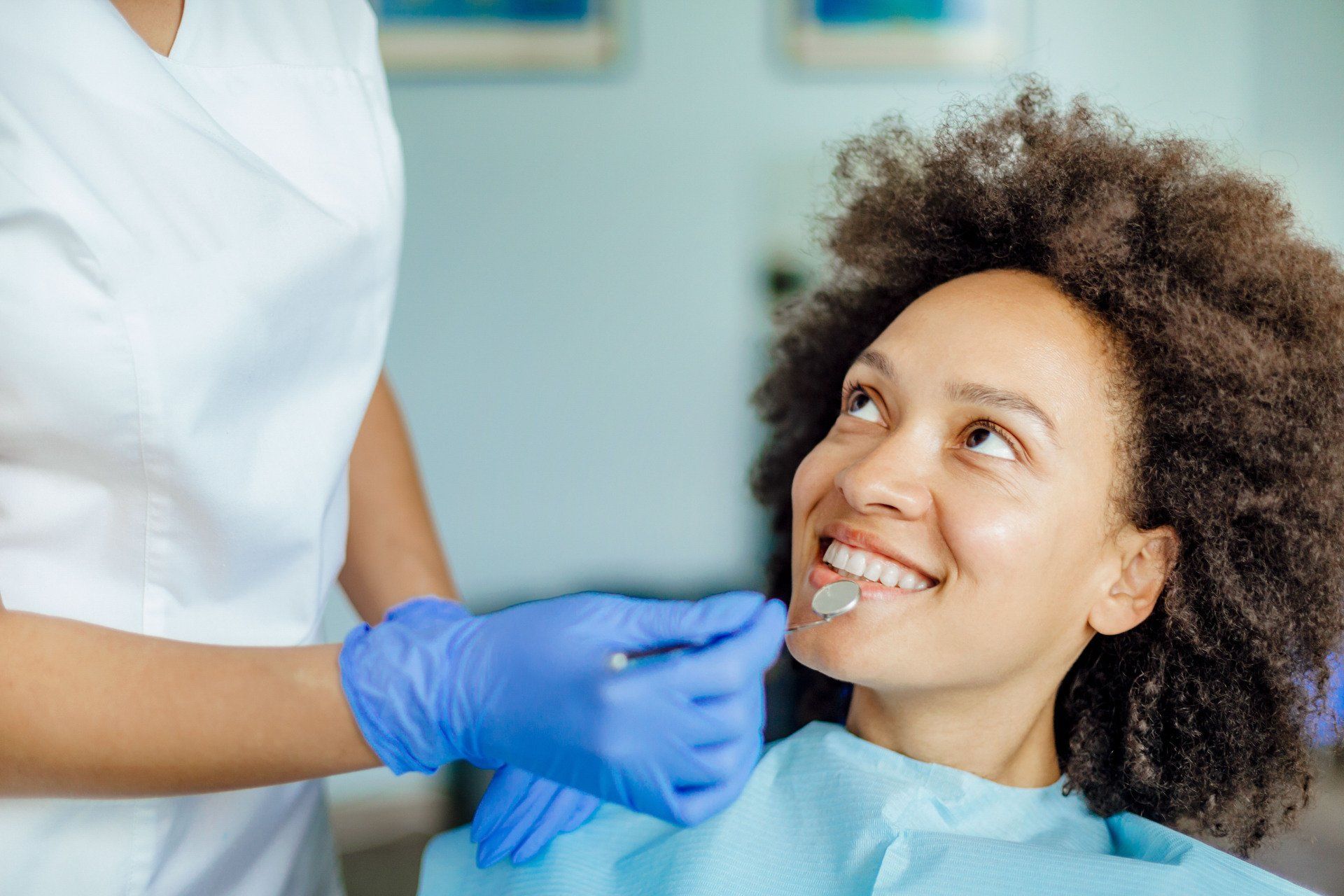4 Biologic Dentistry Alternatives to Amalgam Fillings
1. Composite Fillings
One of the most popular mercury-free biologic dentistry alternatives is composite fillings. Many people often refer to composite resin restorations as white fillings. They are a quick and effective alternative to dental amalgam restorations. When used properly, they can have an extremely long lifespan and are a superb material for tooth restoration. Composite fillings are devoid of mercury and are frequently made of small ceramic particles combined with a composite substance that hardens when a specific light is focused on it. The composite comes in various tooth-colored tints, allowing your dentist to choose the best one for you. That said, because they wear quicker than real teeth, you may need to replace them more frequently.
2. Porcelain Inlays
Created outside the mouth and baked in a dental laboratory furnace, porcelain inlays are extremely powerful and long-lasting. An impression of the tooth is then obtained and sent to a dental laboratory to be made into a porcelain inlay. In between visits, the porcelain inlay is built and applied as a temporary inlay to your tooth. After that, the finished porcelain inlay is glued onto your teeth. Because the porcelain is durable and contains a very thin coating of sticky cement, the material does not shrink as it sets.
3. Glass Ionomer Fillings
Constructed of acrylic and a glass component known as fluoroaluminosilicate, glass ionomer fillings are glued to your tooth via a chemical process that creates a strong connection. The filling is bonded directly to the tooth, so no preparation is necessary before you are fitted with one.
4. Gold Fillings
Also known as inlays or on lays, gold fillings are made of gold, copper, and other metal alloys. This form of dental filling is the most durable, lasting 20 years or more, but it is also the most expensive. Since gold fillings require impressions from a dental laboratory, they require more than one office visit.
Are you interested in biologic dentistry alternatives to amalgam fillings? Contact Scott Udoff DMD PC to discuss the options above!




Share On: